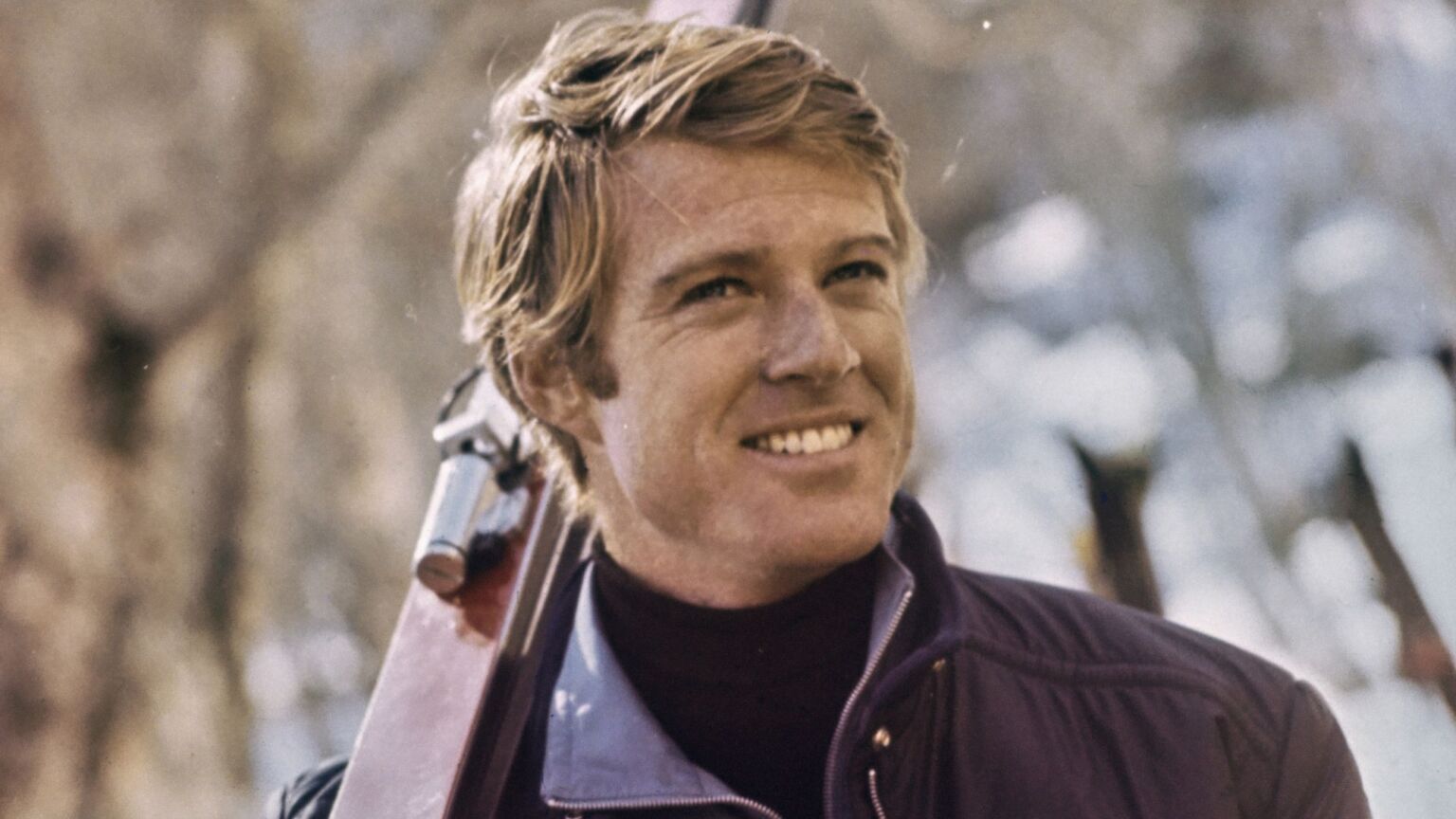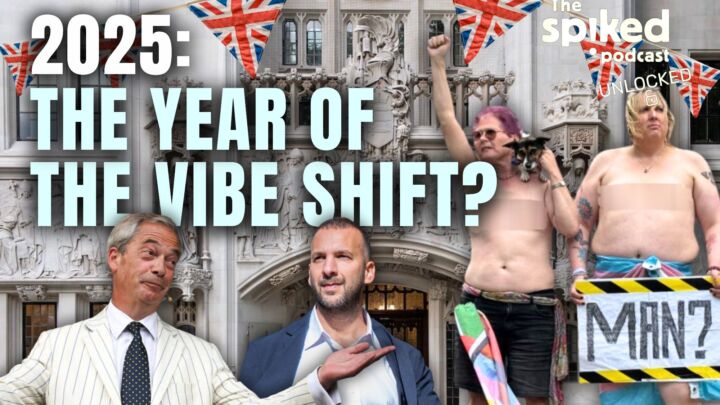Robert Redford’s American beauty
In an era of 'toxic masculinity', the Hollywood icon reminded us of what men were once allowed to be.

Want unlimited, ad-free access? Become a spiked supporter.
Robert Redford is dead. The actor passed away this week aged 89, at his home in Sundance, Utah. With his passing goes something rare in modern Hollywood: unironic, wholesome masculinity. Redford was a man who could make women swoon and men straighten their posture without anyone rolling their eyes.
To many cinemagoers of the 1970s and 1980s, Redford was a distinct kind of leading man who stood in stark contrast to many of his more over-the-top contemporaries. Impossibly glamorous, he was a man who could be openly adored without embarrassment. A friend of mine bought a huge print of Redford as soon as she had her own house, and it still hangs there, pride of place. Her husband has never dared take it down. What could he say? That Redford was too handsome? That was the point: no one could object to Robert Redford.
In the 1970s, the influential film theorist Laura Mulvey popularised the theory of the ‘male gaze’, the idea that movies are built for men to ogle women. Redford’s unique persona posed a challenge to this concept, simply by virtue of who he was on screen, by looking the way he did. Redford’s performances allowed himself to be ogled. He let women look at him without shame, and men admire him without resentment. He made masculinity something generous.
Redford first appeared on screen as the old Hollywood studio system was dying. The era of commodified stars, contracted for a number of films to a particular studio, was finished. This change in Hollywood story production coincided with jarring social changes. After the Vietnam War and Watergate, no one could believe in the cliché of the brute, square-jawed hero. They wanted men who held the screen through presence rather than violence. Redford was made for this, as if embodying the very idea of a better America.
His unique effect on American culture was subtly demonstrated in The Electric Horseman (1979). With this film, he transformed that fundamental American archetype, the cowboy, by remoulding the Western’s long and violent relationship with horses. Redford was a superb horseman in his own right, a testament to his gentle self-assuredness. In The Electric Horseman, Redford’s character resists the cruelty of corporate America, running away on a prized horse after learning it had been abused by the company that employed him. Suddenly the old, venerated ways of treating horses were not just outdated, but un-American. He was the natural choice to play the The Horse Whisperer (1998).
Redford also projected a quiet moral weight that filled out his characters behind their sheer handsomeness. In Butch Cassidy and the Sundance Kid (1969), he was an outlaw with the lightness of a matinee idol. In The Way We Were (1973), he became the object of Barbra Streisand’s desire, the camera creating and framing her love for him, yet never allowing us into his experiences. In All the President’s Men (1976), he played a journalist as a secular priest, pursuing truth with calm devotion.
For European audiences Redford was more than a movie star – he embodied America. He was not the brash, one-dimensional America of war movies, but something worth believing in – sunlit, elegant and thoughtful. He reassured us that the republic still had dignity. His effortless sense of style, the Western workwear combined with preppy Americana, has subsequently inspired endless menswear fashionistas.
Redford also changed the film industry itself. By founding the Sundance Institute and Sundance Film Festival, he created the backbone of American independent filmmaking. Many fêted American arthouse directors owe a huge debt to Sundance, including Wes Anderson, the Coen brothers, Quentin Tarantino and Spike Lee.
In his lifetime, Redford helped create some heirs for his cinematic archetype. In A River Runs Through It (1992), directed by Redford himself, he passed the torch to Brad Pitt. With this, Redford was signalling to a new generation what the model of a man should be. Pitt was intended as the new golden boy, like Redford, but with a tragic streak.
Not even Brad Pitt, however, could capture the essence of Redford’s charm and bring it into a new century. From the 2000s onward, films stopped showing masculinity and started commenting on it. ‘Toxic masculinity’ became a cultural obsession. Male characters could no longer simply be men. Instead, they had to be self-aware, apologetic, or on a journey of emotional growth. Today, the leading man has to signal that he’s safe: funny, emotionally fluent, respectful of women and never threatening. From earnest Chris Evans as Captain America to jokey Ryan Gosling as Ken in Barbie, today’s male characters must always learn about their masculinity.
Redford’s characters never had to apologise for who they were, or ostentatiously demonstrate their non-threateningness. In this way, he was an exemplar of decent masculinity, and the first to show that the all-American man can still be more than a superhero in spandex.
Redford may be gone, but he will always be a reminder of what on-screen men were once allowed to be, and what they still could be.
Alex Dale and Maren Thom are co-hosts of the Performance Anxiety podcast.
You’ve read 3 free articles this month.
Support spiked and get unlimited access.
Help us hit our 1% target
spiked is funded by readers like you. It’s your generosity that keeps us fearless and independent.
Only 0.1% of our regular readers currently support spiked. If just 1% gave, we could grow our team – and step up the fight for free speech and democracy right when it matters most.
Join today from £5/month (£50/year) and get unlimited, ad-free access, bonus content, exclusive events and more – all while helping to keep spiked saying the unsayable.
Monthly support makes the biggest difference. Thank you.









Comments
Want to join the conversation?
Only spiked supporters and patrons, who donate regularly to us, can comment on our articles.